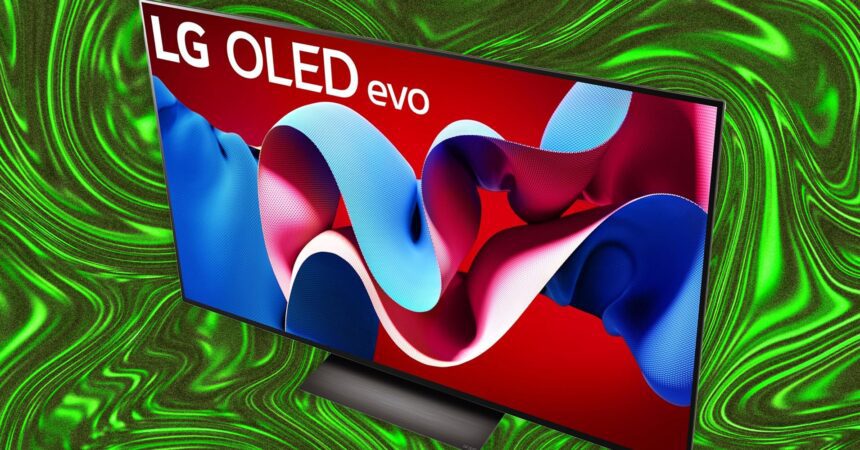In the initial stages of its popularity, one of the primary concerns surrounding OLED technology has been the heightened risk of burn-in, or image retention, compared to traditional backlit displays. This is largely attributed to the use of organic compounds, which can lead to uneven degradation over time, potentially causing discrepancies in brightness and color output.
Fortunately, the occurrence of OLED burn-in has become less frequent in contemporary televisions due to several advancements, such as the incorporation of screen savers, detection of static images, and various hardware techniques aimed at minimizing and correcting image retention. While burn-in is still a minor concern, it is mainly relevant for heavy users, like gamers, who may keep a static image displayed for extended periods (or even days). In most cases, however, it tends to be non-permanent. For the majority of users, OLED burn-in is not a significant issue to be concerned about.
For additional insights into television technology, covering topics like quantum dots, HDR, and 4K resolution, we recommend checking out our guide on How to Choose the Right TV (also linked above) or exploring the “Helpful Definitions” section in our Best TVs guide for further information.










